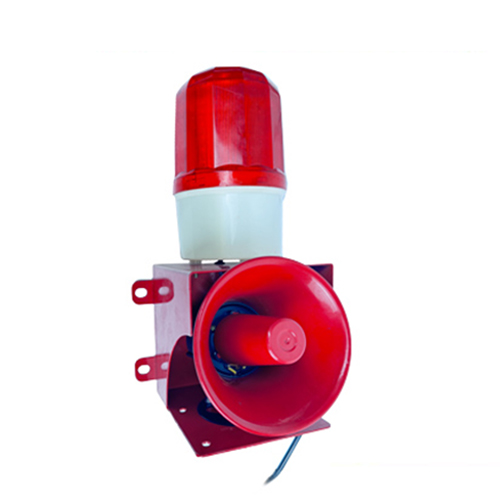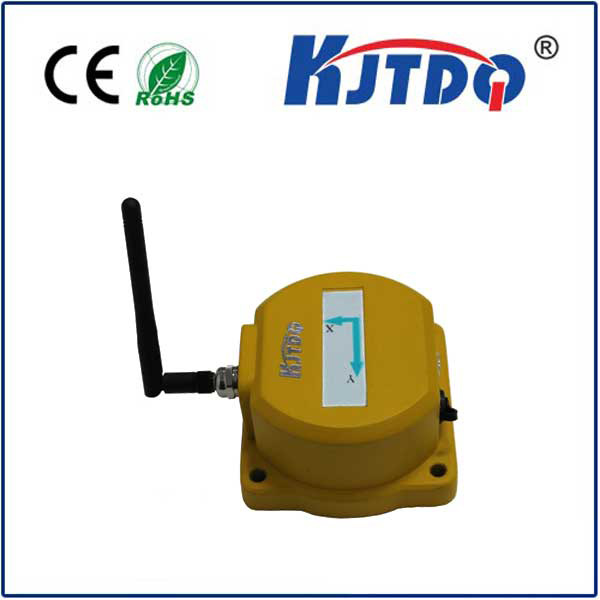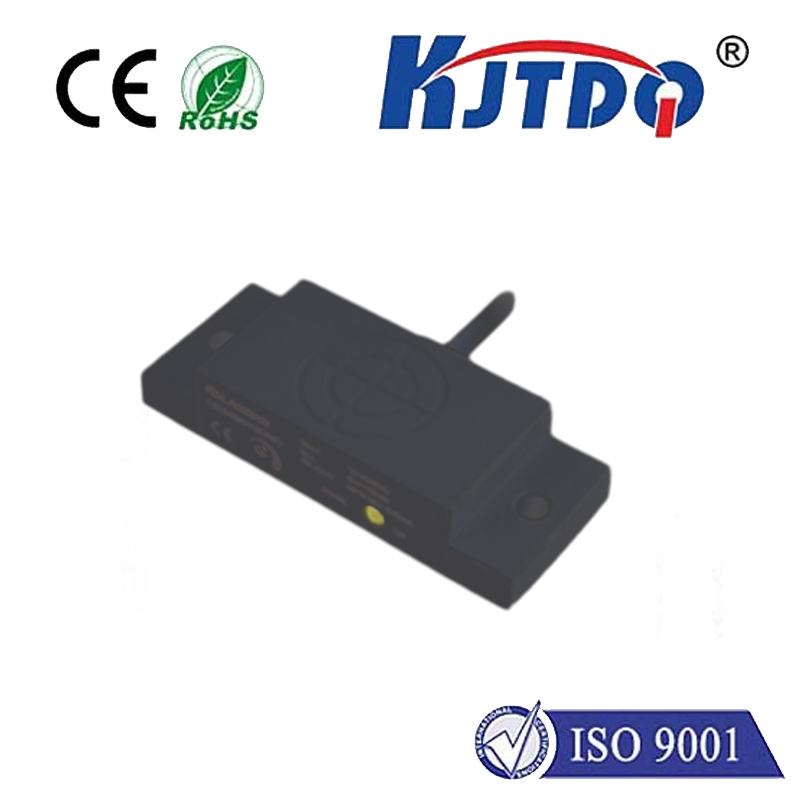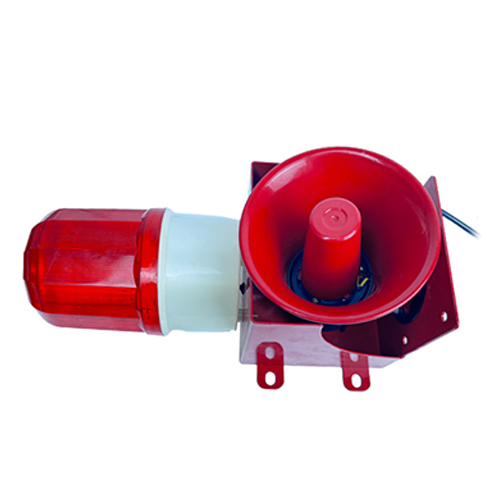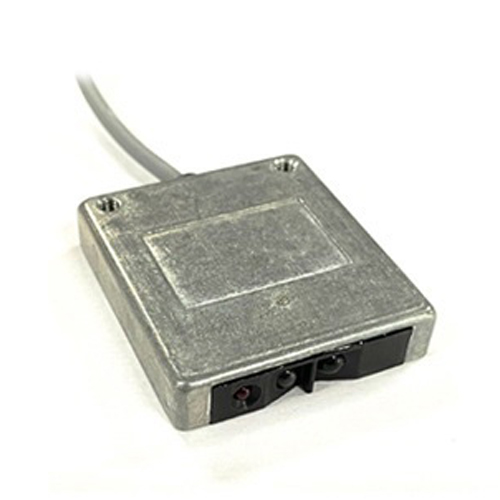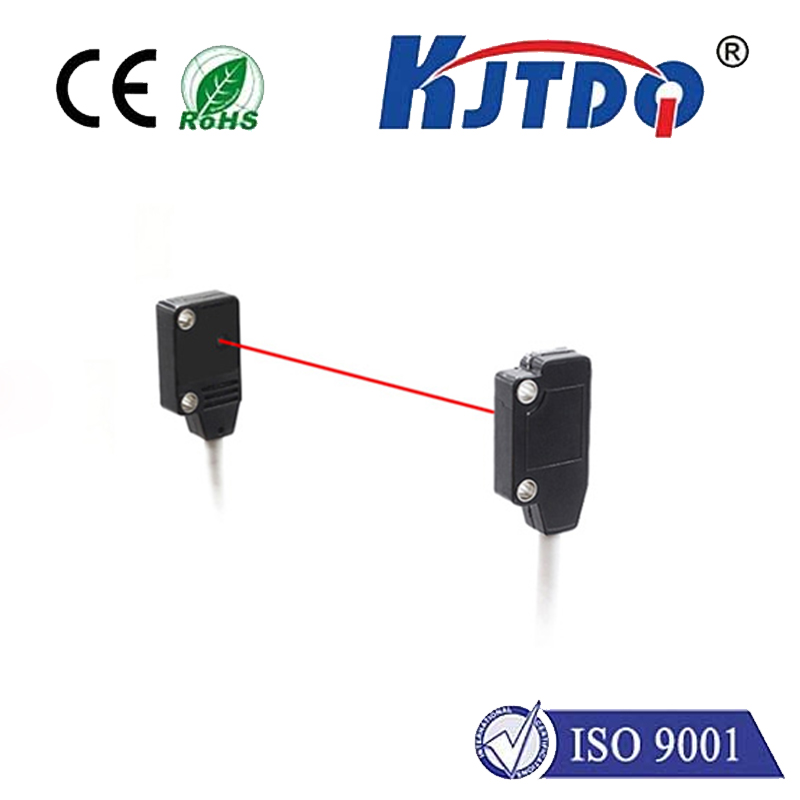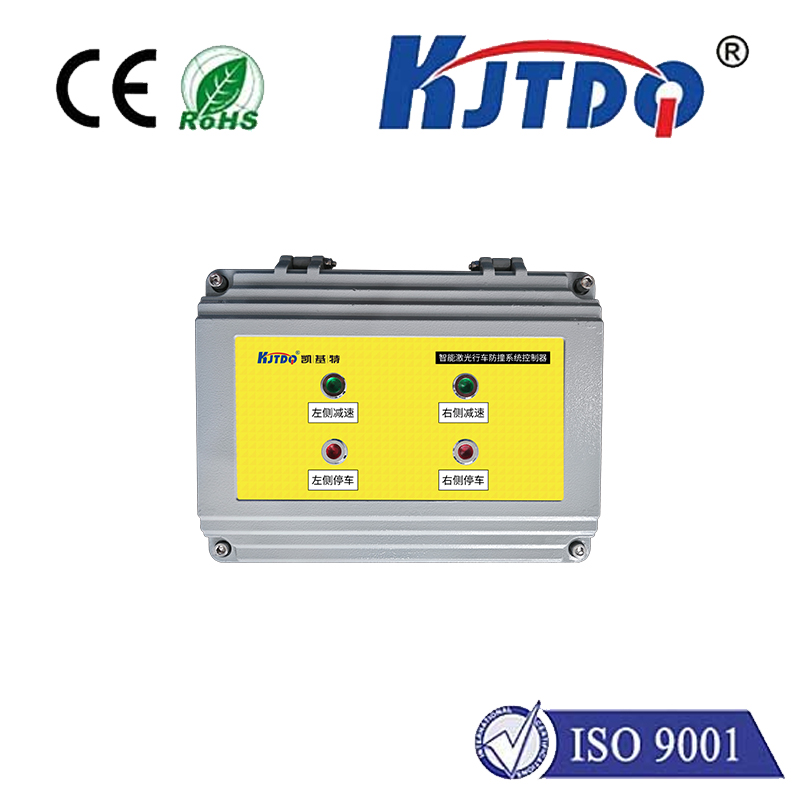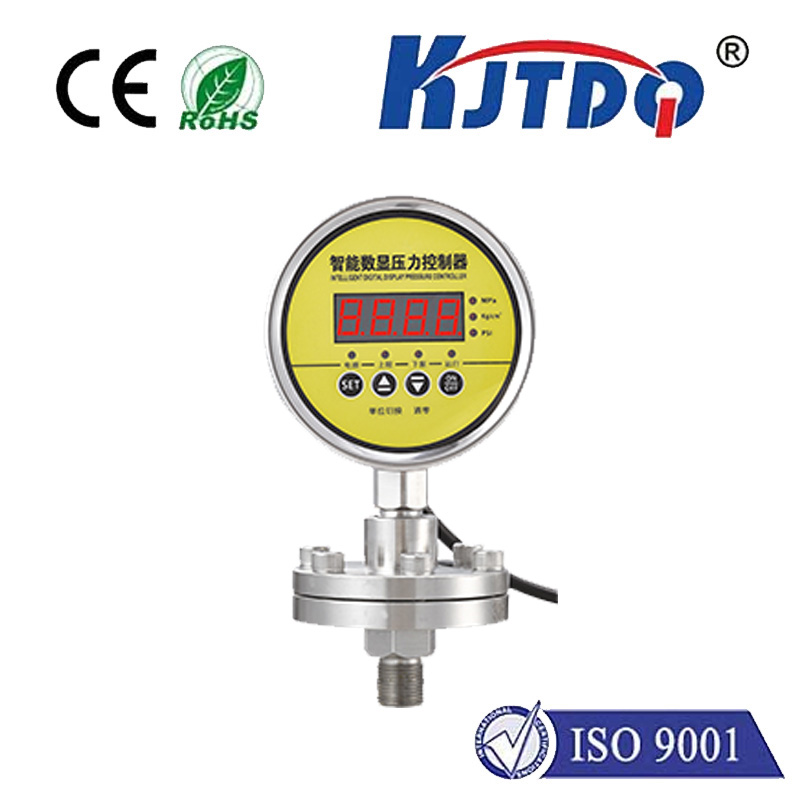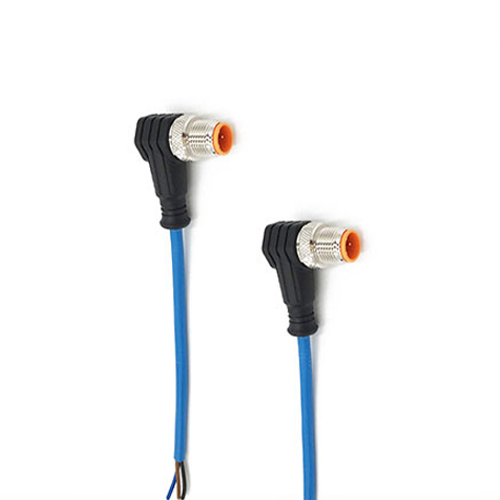

check

check

check

check

check

check

check

check

check

check

Title: Revolutionizing Speed Measurement: The Inductive Speed Sensor In the realm of industrial automation, the accurate measurement of speed is fundamental to optimizing performance and ensuring efficiency. One breakthrough technology that has significantly enhanced our ability to measure speed with precision is the inductive speed sensor. This innovative device not only provides reliable data but also introduces a level of versatility and durability that traditional methods simply cannot match. In this article, we will explore what inductive speed sensors are, how they work, their applications, and the advantages they bring to modern industry. What is an Inductive Speed Sensor? An inductive speed sensor is a type of tachometer that utilizes electromagnetic induction to measure the speed of rotation in an object, typically a shaft or gear. Unlike contact-based speed measuring devices, inductive sensors operate at a distance, making them non-intrusive and highly convenient for various applications where direct contact could be impractical or damaging. How Does it Work? The operation of an inductive speed sensor is based on Faraday’s law of electromagnetic induction. When a conductive material moves within a varying magnetic field created by the sensor, a voltage is induced in the conductor. This voltage generation is dependent on the speed at which the material moves relative to the magnetic field. By detecting these voltage changes, the inductive speed sensor can accurately determine the speed of the rotating shaft or moving object. Applications of Inductive Speed Sensors Inductive speed sensors are utilized across diverse industries for a multitude of applications. Some of the common uses include monitoring the speed of motors and generators, controlling conveyor belt speeds, measuring rotational speed in manufacturing equipment, and in automotive diagnostics to check vehicle speed and wheel rotation. Advantages of Using Inductive Speed Sensors
